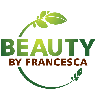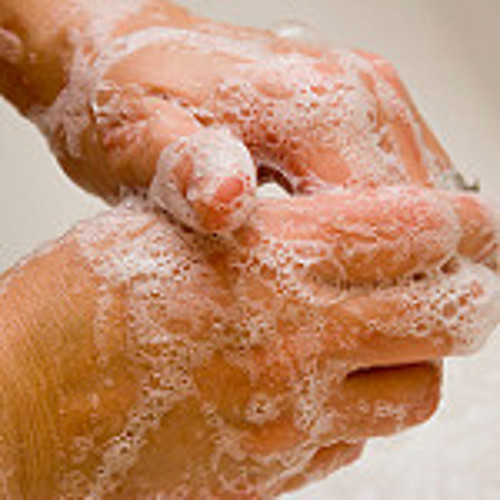What is it?
Triclosan is a microbial agent and preservative first introduced in 1957 and used as a hospital scrub in the 1970s. Later, due to its ability to fight bacteria and germs, the demand for triclosan increased and it was introduced into many personal care and consumer goods items. By the year 2000, triclosan and triclocarban (TCC) could be found in over 75% of liquid soaps and 29% of bar soaps. By the year 2014, triclosan could be found in more than 2,000 consumer products. In 2017, the FDA banned the sale of “consumer antiseptic washes” that contain triclosan along with 18 other microbial agents, finding that these agents “lack efficacy” and are just as effective as plain soap and water.
Where can I find it?
Although triclosan is banned from use in “consumer antiseptic washes” it can still be found in a wide variety of personal care ingredients such as; antibacterial hand soaps, bar soaps, body washes, deodorants, cosmetics, toothpaste, toothbrushes and more seeing as the final ruling in December 2017 gave manufactures 1 year to comply. Again, the ban will only apply to “consumer antiseptic washes”, defined as: antiseptic wash products that are intended for use with water and are rinsed off after use, including consumer hand washes and consumer body washes. So, triclosan will most likely still be found in consumer goods such as cutting boards, shower curtains, food containers, bedding, linens, toys and more.
What’s the concern?
Triclosan is linked to endocrine system disruption. According to the FDA:
Emerging research shows that some antibacterial ingredients could pose health risks. For example, some data suggest that triclosan and triclocarban can cause alterations in thyroid, reproductive growth, and developmental systems of neonatal and adolescent animals “
In addition, triclosan:
- Can be linked to liver and inhalation toxicity
- Contributes to the development of antibiotic-resistant germs
- Might be harmful to the immune system
- Increases allergic sensitization to food and airborne allergens
- Contributes to the toxicity of the environment. It leaches into the water and kills marine life.
How can I avoid it?
Although the use of Triclosan was banned in consumer wash products, you will still be able to find it personal care products until it is phased out by manufactures. In some cases, triclosan will still be present in products such as dish soap and toothpaste. You may or may not see triclosan listed directly on the label. If you want to avoid it, watch out for products that are “antibacterial”, “odor fighting” or claim to “keep food fresher, longer”. If it is listed directly on the label, you will see the terms Triclosan (TSC) and/or triclocarban (TCC) or one of its synonyms:
- 2,4,4′-trichloro-2′-hydroxy diphenyl ether
- 5-chloro-2- (2,4-dichlorophenoxy) – phenol
- 5-chloro-2- (2,4-dichlorophenoxy) phenol
- Phenol, 5-chloro-2- (2,4-dichlorophenoxy)
- Phenol, 5chloro2 (2,4dichlorophenoxy)
- 2,4,4′-trichloro-2′-hydroxydiphenyl ether
- 5-chloro-2- (2,4-dichlorophenoxy) phenol
- Ch 3565
- Irgasan
- Irgasan dp300
- Phenol, 5-chloro-2- (2,4-dichlorophenoxy)
To learn more about what to look for on your label, click here.
References
http://www.safecosmetics.org/get-the-facts/chemicals-of-concern/triclosan/
https://www.thespruce.com/triclosan-how-its-used-avoid-it-1707033
https://www.ewg.org/research/ewgs-guide-triclosan-old#.Wyh9D03859Y
https://www.ewg.org/skindeep/ingredient/706623/TRICLOSAN/#.WyiBvE3859Y
http://www.modernhealthcare.com/article/20171220/NEWS/171229988

